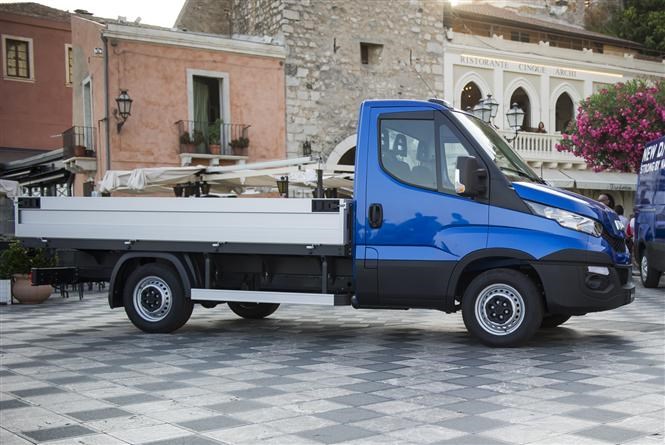Knowing how much weight you can carry in the back of your dropside should be a top priority for operators, as the DVSA (Driver and Vehicle Standards Agency) is cracking down on overloading. This article compares all nine certified dropside conversion programmes to establish the best dropside for payload at 3.5t.
Every year, the DVSA stops around 10,000 vans at targeted checkpoints, of which 93 percent are found to be overloaded. Fines vary between £100 and £300 but if the vehicle is plated at 3.5t, like most dropsides are, the punishments for exceeding the weight limit are a lot heavier as this is a different category of vehicle and legislation.
At the same time, the amount of payload that manufacturers can offer is falling. Gone are the days when a 3.5t dropside would comfortably accommodate two tonnes of load, because the increasing size of the chassis, additional safety and technical systems raises the kerbweight, which in turn eats into the payload.
N.B. All weights quoted include the weight of oil and a fuel tank 90 percent full, but exclude the weight of the driver.
9th) Ford Transit dropside (VFS): 1,167kg
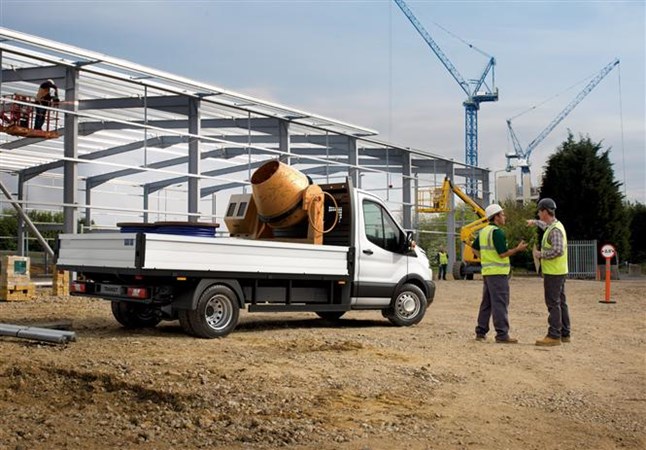
Ford has been the market leader for conversions for over half a century, but its dominance in this segment has been seriously challenged over recent years due to the heavier chassis of the latest generation. This has reduced the payload by half a tonne, and now the Ford ‘One Stop Shop’ dropside from VFS is worst-in-class.
8th) Volkswagen Crafter dropside (Ingimex): 1,400kg
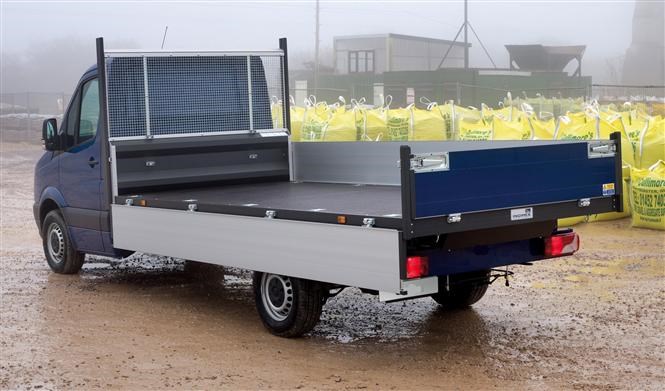
Volkswagen’s Engineered-To-Go program was launched in 2006, and is a joint-collaboration with Ingimex. A constant challenge for Volkswagen is the payload, with the heavy chassis only returning a payload of 1,400kg on the short wheelbase, despite the body weighing under 250kg.
Read the Volkswagen Crafter review.
7th-5th) Nissan NV400, Renault Master and Vauxhall Vivaro dropside (Scattolini): 1,462kg
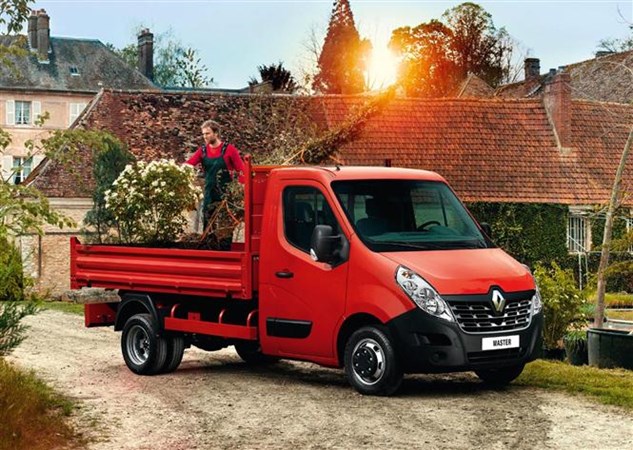
All the off-the-shelf conversions for the Nissan NV400, Renault Master and Vauxhall Movano take place just outside of their factory in Batilly, northern France, by Italian bodybuilders Scattolini. The Renault-Nissan-Vauxhall chassis is the lightest in its class, but the heavy body means its loses out on the top spot.
Read the Nissan NV400 review.
Read the Renault Master review.
Read the Vauxhall Movano review.
4th) Mercedes-Benz Sprinter dropside (Scattolini): 1,471kg

Like at the Renault plant in Batilly, Scattolini dropside bodies are also fitted to Sprinter chassis-cabs at its factory in Dusseldorf (although box and tipper bodies aren’t fitted). Despite the heavier chassis of the Sprinter, a lighter (but much shorter; just 2,850mm in length) Scattolini body has been used, which means it offers a respectable payload of 1,471kg.
Read the Mercedes-Benz Sprinter review.
3rd) Citroen Relay dropside (Ingimex): 1,512kg

Citroen’s ‘Ready to Run’ program has proved incredibly popular since its launch in 2012, increasing from around 120 units to a predicted 1,000 units for 2016. The Relay’s light chassis, combined with the light body (which is also fairly long at 3,644mm), means up to 1,512kg of materials can be transported at 3.5t.
Read the Citroen Relay review.
2nd) Iveco Daily dropside (Ingimex): 1,520kg
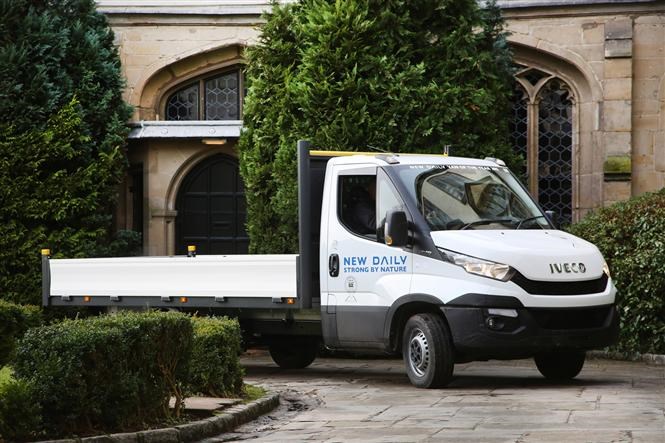
The Iveco Daily has gone in the opposite direction to most vehicles in this segment. Instead putting weight on, the latest generation of the Iveco Daily, launched in 2014, is around 100kg lighter than its predecessor, and combined with the Ingimex dropside body, is able to offer a payload of 1,520kg.
Read the Iveco Daily review.
1st) Fiat Ducato dropside (VFS): 1,605kg

Winning the segment for the best payload is the Fiat Ducato. Fiat Professional’s conversion program doesn’t have a name, but a range of dropsides, box vans and one and three-way tippers assembled by Southampton-based VFS are available to order from the price-list.
Read the Fiat Ducato review.
Also read: Van conversion programs by manufacturer
Also read: Best tipper for payload at 3.5t
Also read: Best van for payload at 3.5t
Just so you know, we may receive a commission or other compensation from the links on this website - read why you should trust us.


